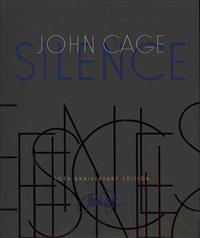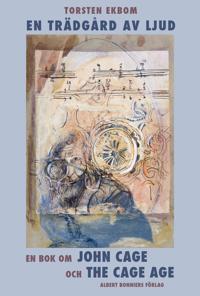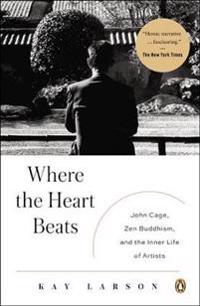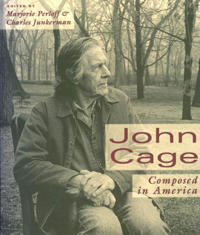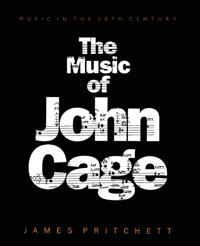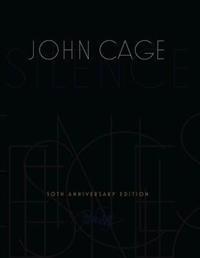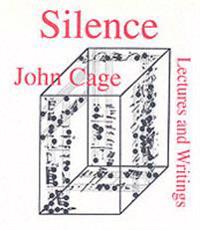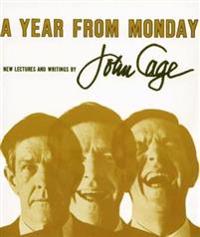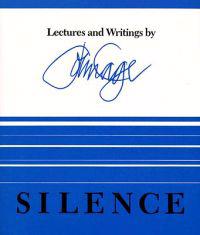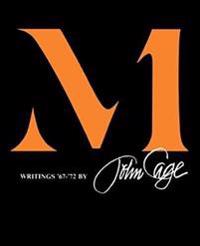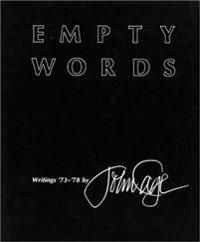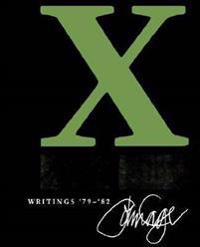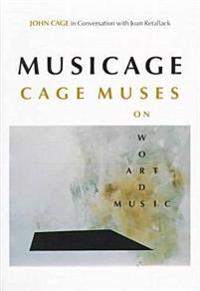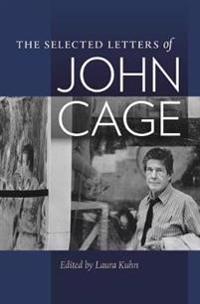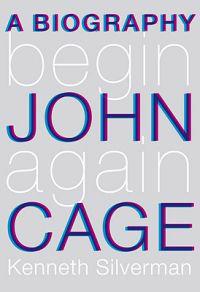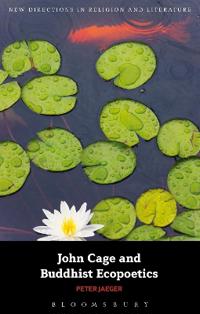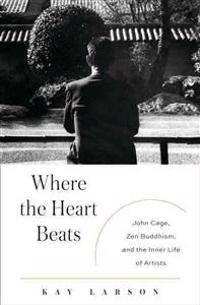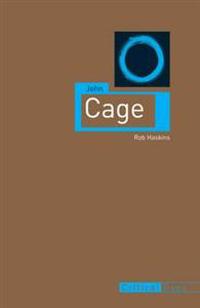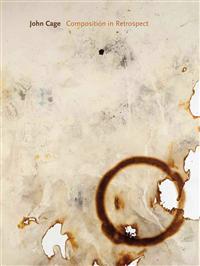Silence (Inbunden)
avJohn Cage, Kyle Gann, John Cage
ISBN: 9780819571762 - UTGIVEN: 201110Silence, John Cage's first book and epic masterpiece, was published in October 1961. In these lectures, scores, and writings, Cage tries, as he says, to find a way of writing that comes from ideas, is not about them, but that produces them. Often these writings include mesostics and essays created b[...]
En trädgård av ljud : en bok om John Cage och The Cage age (Inbunden)
avTorsten Ekbom
ISBN: 9789100123642 - UTGIVEN: 200909Åren kring 1960 inträffade en av de stora konstrevolutionerna under 1900-talet. Signalerna kom denna gång inte från Paris utan från New York, som med ett slag, oväntat och eftertryckligt, trädde fram som den centrala konstmetropolen. En nyckelfigur i detta skeende var tonsättaren och konstfi[...]
Where the Heart Beats: John Cage, Zen Buddhism, and the Inner Life of Artists (Häftad)
avKay Larson
ISBN: 9780143123477 - UTGIVEN: 201307A "heroic" biography of John Cage and his "awakening through Zen Buddhism"--"a kind of love story" about a brilliant American pioneer of the creative arts who transformed himself and his culture ("The""New York Times")
Composer John Cage sought the silence of a mind at peace with itself--and fo[...]John Cage (Häftad)
ISBN: 9780226660578 - UTGIVEN: 1994-06When the avant-gardist John Cage died, he was already the subject of many interviews, memoirs and discussions of his contribution to music, music theory and performance practice. This text includes a revisionist treatment of the way Cage himself has composed and been "composed" in America. A discipl[...]
John Cage (Pocket)
avHeinz-Klaus Metzger, Konrad Boehmer, Yvonne Rainer, David W. Patterson
ISBN: 9780262516303 - UTGIVEN: 2011-08-12The Music of John Cage (Häftad)
avJames Pritchett
ISBN: 9780521565448 - UTGIVEN: 199603Although John Cage has been almost universally recognised as the leading figure of the post-war musical avant-garde, this is the first book to present a complete and coherent picture of Cage the composer. Providing a historical account of Cageâs musical concerns and changing style, James Pritch[...]
Silence: Lectures and Writings (Inbunden)
avJohn Cage, Kyle Gann
ISBN: 9780714505268 - UTGIVEN: 20111150th Anniversary edition first published October 1961
John Cage
ISBN: 9780807616017 - UTGIVEN: 2009-11"John Cage: The Zen Ox-Herding Pictures" brings together fifty never-before-seen watercolour images from renowned artist and composer John Cage, revealing the powerful influence of Zen in his life and work. These pieces were originally created on paper towels at the 1988 Mountain Lake Workshop as Ca[...]
A Year from Monday: New Lectures and Writings (Häftad)
avJohn Cage
ISBN: 9780819560025 - UTGIVEN: 1967-05Silence: Lectures and Writings (Häftad)
avJohn Cage
ISBN: 9780819560285 - UTGIVEN: 196106An innovative musician transfers his spontaneity of expression to the field of literature, and presents his opinions on such subjects as originality and Zen[...]
Musicage (Häftad)
avJohn Cage
ISBN: 9780819563118 - UTGIVEN: 199601"I was obliged to find a radical way to work -- to get at the real, at the root of the matter," John Cage says in this trio of dialogues, completed just days before his death. His quest for the root of the matter led him beyond the bounds of the conventional in all his musical, written, and visual p[...]
The Selected Letters of John Cage
ISBN: 9780819575913 - UTGIVEN: 2016-05This selection of over five hundred letters gives us the life of John Cage with all the intelligence, wit, and inventiveness that made him such an important and groundbreaking composer and performer. The missives range from lengthy reports of his early trips to Europe in the 1930s through his years [...]
John Cage And David Tudor (Inbunden)
avMartin Iddon
ISBN: 9781107014329 - UTGIVEN: 2013-03-07Martin Iddon discusses one of the twentieth century's most provocative musical collaborations: between composer John Cage and pianist David Tudor.[...]
Begin Again: A Biography of John Cage (Inbunden)
avKenneth Silverman
ISBN: 9781400044375 - UTGIVEN: 2010-10John Cage and Buddhist Ecopoetics
ISBN: 9781441117526 - UTGIVEN: 2013-11John Cage was among the first wave of post-war American artists and intellectuals to be influenced by Zen Buddhism and it was an influence that led him to become profoundly engaged with our current ecological crisis. In John Cage and Buddhist Ecopoetics, Peter Jaeger asks: what did Buddhism mean to [...]
Where the Heart Beats: John Cage, Zen Buddhism, and the Inner Life of Artists (Inbunden)
avKay Larson
ISBN: 9781594203404 - UTGIVEN: 201207A "heroic" and "fascinating" biography of John Cage showing how his work, and that of countless American artists, was transformed by Zen Buddhism ("The New York Times")"
""Where the Heart Beats "is the story of the tremendous changes sweeping through American culture following the Second World W[...]John Cage (Häftad)
avRob Haskins
ISBN: 9781861899057 - UTGIVEN: 201205John Cage's contribution to twentieth-century music, literature and art not only established his place as a leading figure in the post-war avant-garde, but also guaranteed his enduring controversy. His emphasis on chance, as opposed to intention, rejected traditional artistic methods and caused upro[...]
John Cage
ISBN: 9781938221101 - UTGIVEN: 2015-10Composed over the course of 16 years, John Cage's "Diary: How to Improve the World (You Will Only Make Matters Worse)" is one of his most prescient and personal works. A repository of observations, anecdotes, obsessions, jokes and koan like stories, the diary registers Cage's assessment of the times[...]

